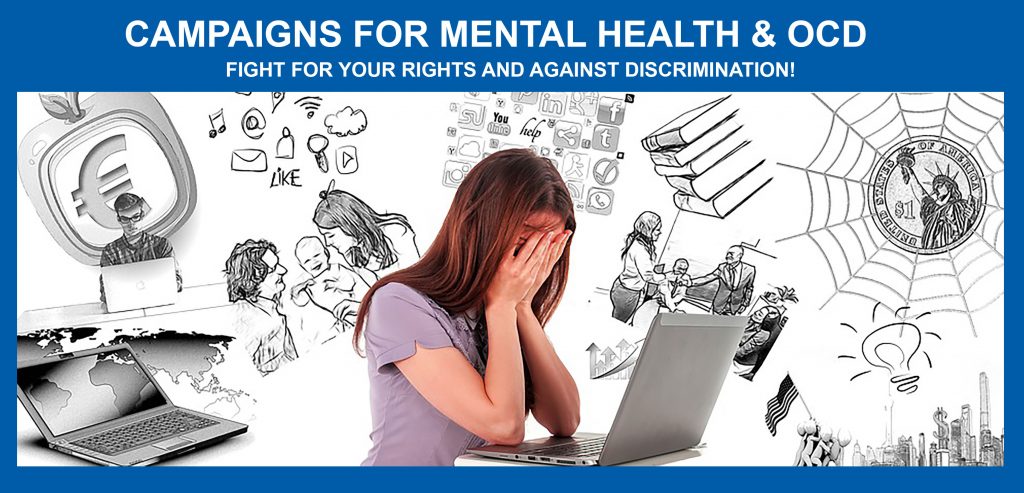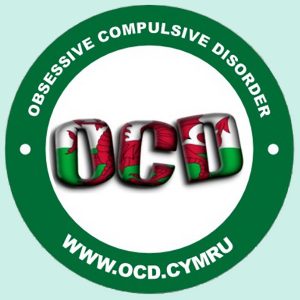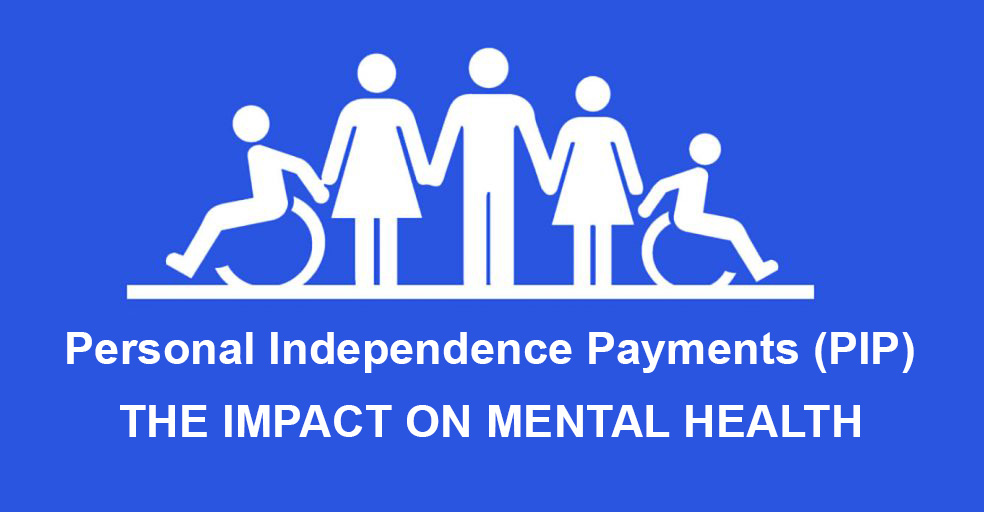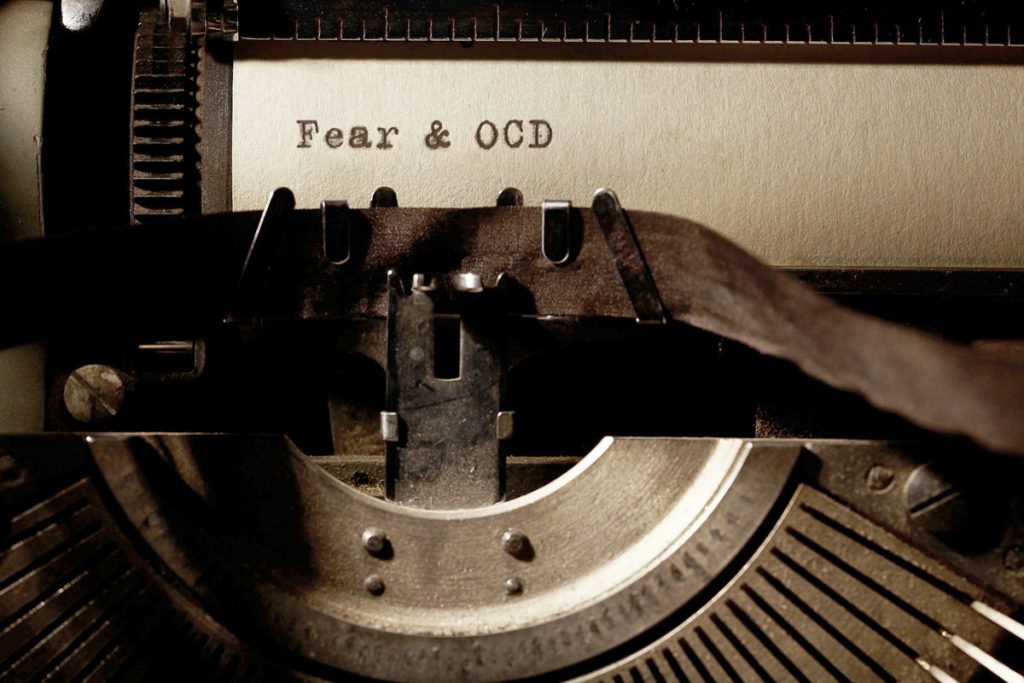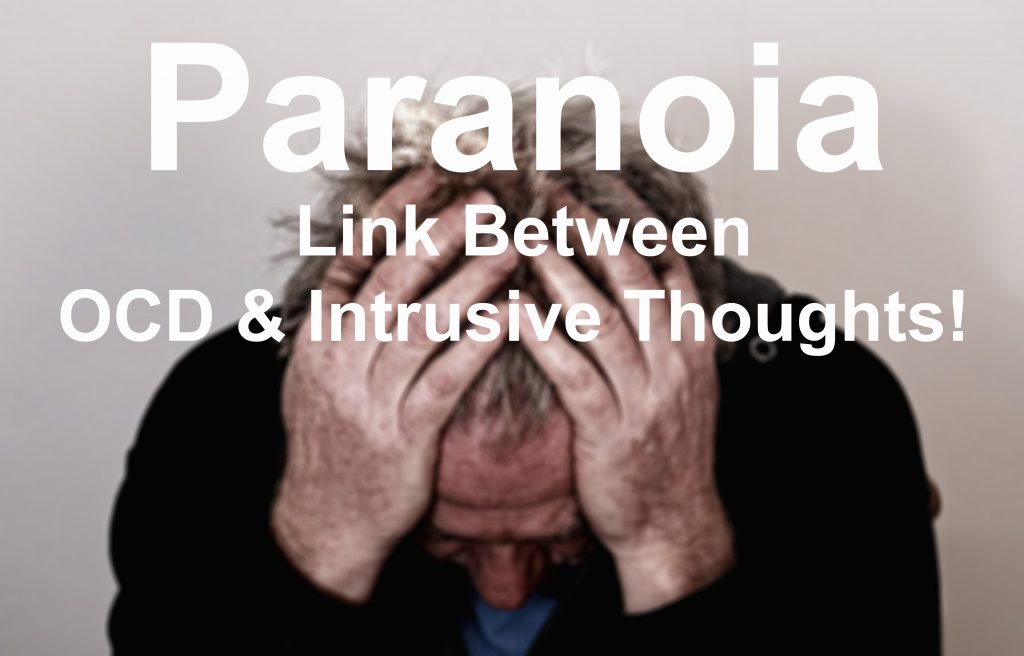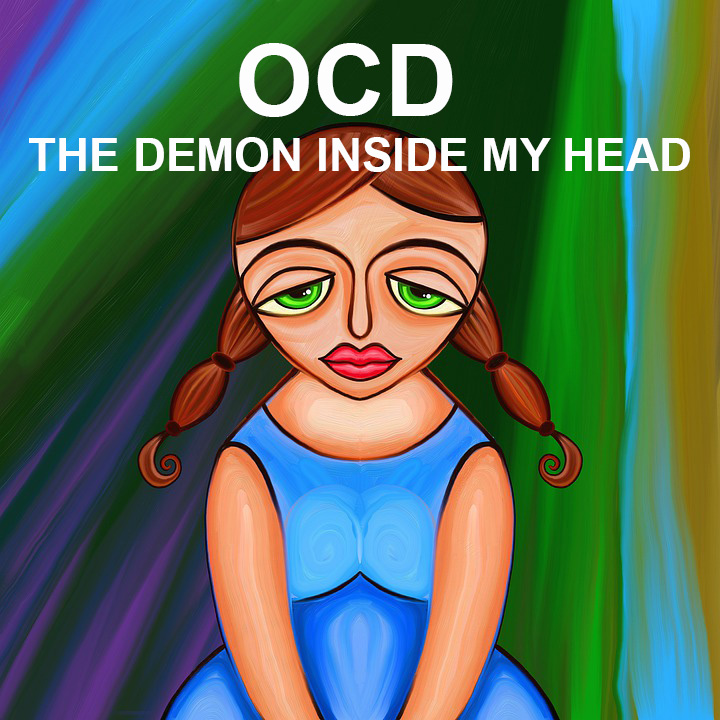Campaigning For Mental Health & OCD: Breaking the Stigma, Finding Support
Mental health has, for too long, been a topic shrouded in silence and stigma. However, in recent years, there has been a growing global movement to promote awareness, acceptance, and support for individuals battling mental health issues. One such campaign that deserves our attention is the fight against Obsessive-Compulsive Disorder (OCD), a debilitating condition that affects millions of people worldwide.
Understanding OCD
Obsessive-Compulsive Disorder (OCD) is a chronic mental health condition characterized by recurring obsessions and compulsions. Obsessions are unwanted, distressing, and intrusive thoughts, images, or urges that repeatedly enter a person’s mind. Compulsions, on the other hand, are repetitive behaviors or mental acts performed in response to obsessions. These rituals are intended to alleviate the distress caused by obsessions, even though they are often excessive and irrational.
The Impact of OCD
OCD can be debilitating, affecting every aspect of a person’s life. Individuals with OCD may struggle to maintain healthy relationships, perform at work or school, and engage in everyday activities that others take for granted. The condition often leads to anxiety, depression, and severe impairment in daily functioning. Yet, OCD remains widely misunderstood and stigmatized, making it difficult for those who suffer from it to seek help.
The Importance of Campaigning
- Raising Awareness: Campaigns for mental health, including OCD, play a crucial role in raising awareness about these conditions. Increased awareness helps reduce the stigma surrounding OCD and other mental health disorders. When people understand that OCD is not just about being neat or organized but a complex mental health issue, they are more likely to empathize with those affected and offer support.
- Reducing Stigma: Stigmatization can be a significant barrier to seeking help for OCD. Campaigns work to challenge stereotypes and misconceptions, helping people understand that individuals with OCD are not “crazy” or “weak.” By eradicating this stigma, those who need assistance are more likely to seek treatment without the fear of being judged or misunderstood.
- Encouraging Early Intervention: Early intervention is crucial in managing OCD effectively. Campaigns empower individuals and their families to recognize the symptoms of OCD and encourage them to seek help early, preventing the disorder from worsening over time. Timely intervention can lead to more successful treatment outcomes.
- Advocating for Research and Funding: Campaigning for OCD and mental health helps advocate for research and funding to improve our understanding of these conditions and develop more effective treatments. With the support of campaigns, research efforts can be directed towards developing better therapies and interventions to improve the lives of those with OCD.
Efforts in Campaigning for OCD
Several organizations and individuals are actively involved in campaigning for OCD and mental health, working to make a difference in the lives of those affected.
Some key initiatives include:
- The International OCD Foundation: This organization provides resources, support, and advocacy for people with OCD and related disorders. They conduct awareness campaigns, and support groups, and provide information to help individuals and their families.
- Mental Health Advocacy Groups: Various mental health advocacy groups, such as NAMI (National Alliance on Mental Illness), play a crucial role in campaigning for mental health awareness. They often include OCD in their broader advocacy efforts to reduce stigma and improve access to care.
- Celebrity Advocacy: Several well-known figures have openly discussed their struggles with OCD, contributing to the destigmatization of the disorder. Their influence helps to bring OCD into the public eye and normalize conversations around mental health.
- Social Media Campaigns: Social media has emerged as a powerful platform for promoting mental health awareness. Campaigns on platforms like Instagram, TikTok, and Twitter feature personal stories, educational content, and resources to support those affected by OCD.
List Of Strategies To Raise Awareness
Raising awareness for mental health and conditions like Obsessive-Compulsive Disorder (OCD) and Mental Health Disorders is a vital step in reducing stigma and promoting understanding and support.
Here are several strategies to effectively raise awareness:
- Educational Campaigns: Develop educational campaigns that provide accurate information about mental health conditions, including OCD. Use various media, such as brochures, websites, and social media, to disseminate information.
- Social Media Engagement: Leverage the power of social media platforms to share stories, facts, and resources. Create and promote hashtags related to mental health awareness to encourage conversations.
- Personal Stories: Encourage individuals who have experienced OCD to share their personal stories. Real-life accounts can be compelling tools for increasing understanding and empathy.
- Community Events: Organize community events, workshops, and seminars focused on mental health. These can include talks by mental health professionals, panel discussions, and Q&A sessions.
- Collaborate with Influencers: Partner with social media influencers, celebrities, and experts who are willing to use their platform to advocate for mental health awareness and share their experiences.
- Mental Health Screenings: Offer free or low-cost mental health screenings to encourage people to self-assess and seek professional help when necessary.
- Art and Creativity: Use art, music, and other creative forms of expression to convey the emotional aspects of mental health struggles. Art exhibitions, music festivals, and poetry slams can be powerful awareness tools.
- School Programs: Implement mental health education programs in schools, colleges, and universities. Start conversations about mental health from a young age to reduce stigma.
- Workplace Initiatives: Develop mental health programs in the workplace, including training for employees and creating a supportive environment. Encourage employers to provide mental health resources and support.
- Public Service Announcements (PSAs): Create and distribute mental health PSAs through various media channels to reach a wide audience.
- Online Resources: Develop and maintain websites and online resources dedicated to mental health information, self-help tools, and crisis hotlines.
- Support Groups: Establish local support groups for individuals with mental health conditions, including OCD, and their families. These groups can provide a safe space for sharing experiences and finding support.
- Advocacy and Lobbying: Engage in advocacy efforts to influence policy changes related to mental health care, insurance coverage, and research funding. Lobby for improved mental health services.
- Collaboration with Healthcare Professionals: Partner with mental health professionals, organizations, and hospitals to create a network of resources and support for those in need.
- Mental Health First Aid Training: Offer Mental Health First Aid training courses to equip individuals with the skills to recognize and assist those experiencing a mental health crisis.
- Media Partnerships: Collaborate with media outlets to feature stories and documentaries on mental health issues. These platforms can help reach a broad audience.
- Awareness Months and Days: Participate in mental health awareness months or specific mental health days, such as World Mental Health Day or OCD Awareness Week, to focus attention on the cause.
- Peer Support Programs: Establish peer support programs where individuals who have experienced mental health issues, including OCD, can offer guidance and assistance to others.
- Celebrate Success Stories: Highlight stories of individuals who have successfully managed their mental health conditions, demonstrating that recovery is possible.
- Regular Updates: Continuously update and refresh your awareness strategies to keep the conversation alive and evolving.
By implementing a combination of these strategies, individuals and organizations can effectively raise awareness for mental health issues like OCD, ultimately contributing to a more informed and empathetic society.
List Creative Ways to Make and Sell Products For Awareness And Fundraising
Creating and selling products for awareness and fundraising is an excellent way to support mental health and OCD advocacy efforts. Here are some creative product ideas and strategies to help you make and sell items for this purpose:
- Custom Merchandise: Design custom T-shirts, hoodies, and accessories with awareness slogans, artwork, or quotes related to mental health and OCD. You can use print-on-demand services to create and sell them online.
- Handcrafted Jewelry: Create unique bracelets, necklaces, or pins featuring mental health symbols, such as semicolons or puzzle pieces. A portion of the proceeds can go to advocacy organizations.
- Mental Health Art: Produce and sell artwork that reflects mental health themes, such as emotions, resilience, or personal stories. You can sell prints, originals, or digital downloads.
- Custom Buttons and Pins: Design custom buttons or pins with mental health awareness messages, and sell them at events, online, or through local retailers.
- Scented Candles: Craft and sell scented candles with labels that promote mental health awareness and relaxation. Consider partnering with local candle makers for a unique touch.
- Plant-Based Products: Sell potted plants or succulents with awareness-themed pots or plant markers. These can be appealing and calming gifts.
- Custom Phone Cases: Create phone cases with mental health quotes, illustrations, or designs, and offer them through online platforms or local vendors.
- Awareness Calendars: Design and sell calendars with positive messages and mental health tips. Proceeds can support mental health advocacy efforts.
- Cookbook for Mental Health: Compile a cookbook featuring recipes that promote mental well-being. Include personal stories and self-care tips.
- Personalized Art Commissions: Offer personalized artwork or portraits for individuals or families, with a portion of the proceeds going to mental health organizations.
- Charity Auctions: Host charity auctions featuring donated items, services, or experiences, with all proceeds directed towards mental health advocacy.
- DIY Craft Kits: Create DIY craft kits with materials and instructions for making mental health-related crafts at home, such as affirmation cards or stress-relief tools.
- Photo Books: Compile a photo book that shares stories of hope, recovery, or personal journeys with mental health, and sell it to raise awareness and funds.
- Mental Health-Themed Apparel: Customize socks, scarves, or hats with patterns related to mental health symbols and sell them at events or through online platforms.
- Coloring Books: Design coloring books with intricate, mental health-themed illustrations that promote relaxation and mindfulness.
- Handmade Soaps: Craft handmade soaps with calming scents and awareness-related packaging, and sell them online or at local markets.
- Mental Health Board Games: Develop board games that educate and raise awareness about mental health issues, then sell them for fundraising purposes.
- Mental Health Recipe Cards: Create recipe cards that focus on nutritious meals for mental well-being and sell them as part of a set.
- Themed Subscription Boxes: Curate subscription boxes filled with items related to mental health, self-care, and relaxation, offering a monthly or quarterly service.
- Collaborations with Local Artists: Partner with local artists to co-create mental health awareness products, showcasing their work and supporting advocacy efforts.
- Virtual Workshops: Offer virtual workshops or webinars on topics like self-care, stress management, or mental health awareness, and charge a fee to attend.
- Digital Products: Develop digital products, such as e-books, printables, or guided meditation recordings, and sell them online to support mental health causes.
- Online Auctions: Host online auctions on social media or dedicated platforms for valuable items or experiences donated by supporters.
- Personalized Thank You Cards: Create custom thank you cards with positive messages and mental health resources, which can be sold in packs or as part of a fundraising campaign.
- Interactive Experiences: Organize virtual or in-person events, such as art exhibitions, mental health seminars, or escape rooms, with proceeds benefiting mental health initiatives.
Remember that a key aspect of successful product sales for awareness and fundraising is effective marketing. Utilize social media, email newsletters, and partnerships with mental health organizations to promote your products and reach a wider audience.
List Of The Target Audience
When raising awareness for mental health and conditions like Obsessive-Compulsive Disorder (OCD), it’s important to identify and engage with a diverse range of target audiences to maximize the impact of awareness campaigns. Different strategies may be needed for each audience. Here are some key target audiences:
- General Public: Raising awareness among the general public is essential to reduce stigma and increase understanding. This audience includes people from all walks of life who may encounter individuals with mental health conditions.
- Young Adults and Students: Young people, including college and high school students, are a crucial audience. Early education on mental health can help foster understanding and support.
- Parents and Caregivers: Parents and guardians of children and adolescents with mental health conditions need education and resources to better support their loved ones.
- Teachers and Educators: Teachers and school staff can play a vital role in recognizing signs of mental health issues in students and providing appropriate support.
- Mental Health Professionals: This audience includes psychologists, psychiatrists, counselors, and therapists. They benefit from staying updated on the latest research and awareness efforts to better serve their clients.
- Employers and Human Resources: Creating a mentally healthy workplace is a priority, so employers and HR professionals are crucial targets for awareness campaigns.
- Healthcare Providers: Doctors, nurses, and other healthcare professionals should be aware of mental health conditions like OCD to make appropriate referrals and provide integrated care.
- Community and Religious Leaders: Influential community and religious figures can help break down stigma and encourage open dialogue within their communities.
- Media Outlets and Journalists: Partnering with the media can help spread the message to a wider audience. Journalists can be instrumental in covering mental health stories accurately and responsibly.
- Government and Policymakers: Advocacy efforts should target policymakers to influence mental health policy changes, funding, and improved access to care.
- Support Groups and Advocacy Organizations: Existing mental health support groups and advocacy organizations are an engaged audience already interested in the cause.
- Celebrities and Influencers: Engaging public figures who are willing to use their platform to advocate for mental health can have a significant impact.
- Online Communities: Targeting online forums, blogs, and social media groups dedicated to mental health allows for reaching individuals actively seeking information and support.
- Diverse and Minority Communities: Tailor awareness campaigns to address the unique needs and experiences of diverse and minority communities, including racial and ethnic groups, the LGBTQ+ community, and immigrant populations.
- Men: Men are often less likely to seek help for mental health issues, so targeted campaigns that speak to their specific concerns and experiences are important.
- Elderly Population: Awareness efforts should also consider the unique mental health challenges faced by the elderly, including loneliness and depression.
- Law Enforcement and First Responders: Police officers, firefighters, and paramedics may encounter individuals in crisis, making it important to train and raise awareness among these groups.
- Military and Veterans: Veterans and active-duty military personnel often face unique mental health challenges, and campaigns should address their specific needs.
- Caregivers of Individuals with Mental Health Conditions: Individuals who care for loved ones with mental health conditions need support and awareness to maintain their mental well-being.
- Business and Corporate Sector: Organizations should be encouraged to create supportive and inclusive work environments for their employees.
By targeting these diverse audiences, awareness campaigns can effectively reach and engage a wide range of individuals and communities, fostering a more informed and empathetic society regarding mental health and OCD.
Conclusion
Campaigning for mental health and OCD is an essential step towards creating a more inclusive and understanding society. It involves raising awareness, reducing stigma, and advocating for better research and support for those affected by OCD. With the combined efforts of individuals, organizations, and celebrities, we can make significant strides in improving the lives of those living with OCD, and ultimately, break the silence surrounding mental health issues. It’s time to give hope, support, and acceptance to individuals battling OCD and other mental health conditions, one campaign at a time.
#campaigning #campaigns #ocdcampaign #mentalhealthcampaign #mentalhealth #mentalhealthawareness #ocdawareness #ocdcymru
Further Reading
- https://disabledentrepreneur.uk/dwp-pip-mandatory-reconsideration/
- https://disabledentrepreneur.uk/breaking-news-editors-pip-claim-declined/
- https://disabledentrepreneur.uk/mps-with-mental-health-disorders/
- https://disabledentrepreneur.uk/editor-faces-discrimination/
- https://disabledentrepreneur.uk/disability-discrimination/
- https://disabledentrepreneur.uk/pip-horrific-self-harm-questions/
- https://disabledentrepreneur.uk/depression-self-harm-and-hygiene/
- https://disabledentrepreneur.uk/can-you-sue-for-emotional-distress-and-discrimination/
List Of Charities
OBSESSIVE-COMPULSIVE DISORDER
- What is Obsessive-Compulsive Disorder
- OCD & Addictions USA
- OCDUK.org
- https://ocdaction.org.uk/
- https://www.orchardocd.org/
- https://iocdf.org/
- https://www.anxietyuk.org.uk/anxiety-type/ocd/
- https://www.snapcharity.org/business-directory/4292/ocd-uk/
MENTAL HEALTH
- Mental Health Compensation Calculator
- https://whitelightbh.com/resources/what-can-trigger-a-depressive-episode/
- https://www.healthassured.org/
- Alcohol Consumption Resource USA
- What is Anxiety
- What is Stress
- What is Depression
- https://www.anxietyuk.org.uk/
- https://www.thebraincharity.org.uk/service/living-with-a-neurological-condition/
- https://www.mind.org.uk
- https://nopanic.org.uk/
- https://cardiffmind.org/
- https://www.supportline.org.uk/problems/anxiety/
- https://foryoubyyou.org.uk/digital-tools/take-our-stress-test/you-have-high-stress-levels/anxiety-uk
- https://www.youngminds.org.uk/
- https://mentalhealth-uk.org/help-and-information/conditions/anxiety-disorders/more-information/
- https://www.bwcharity.org.uk/guides/mind/anxiety
- https://www.discoveradventure.com/charities/anxiety-uk
- Addiction & Mental Health Resources | VeteranRehab.org
- Priory Adult Care | Learning Disability, Mental Health, Autism & Elderly Care Homes
- https://www.ironwoodmaine.com/ (USA)
- https://www.innercept.com/ (USA)
- https://www.shortridgeacademy.com/ (USA – For Mental Health Professionals)
- https://orlandotreatmentsolutions.com/ (USA)
- https://westwindrecovery.com/ (USA)
- https://www.sane.org.uk/how-we-help/emotional-support/saneline-services
- https://www.mentalhealth.org.uk/about-us/contact-us (Cardiff Wales)
- https://santabarbararecovery.com/ (Santa Barbara – USA)
- https://thinkahead.org/ (UK)
ADVERTISEMENTS
Content Writing Services For Disabled Entrepreneurs, Charities, Publications and Health Care Industry

Online Doctors & Entrepreneurs & Business

Online Mental Health Therapy For International & UK Residents

